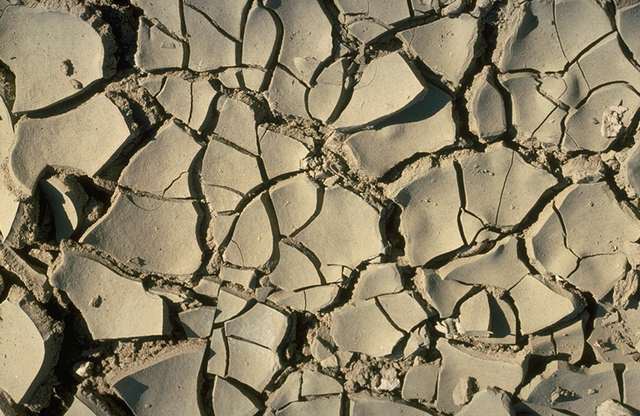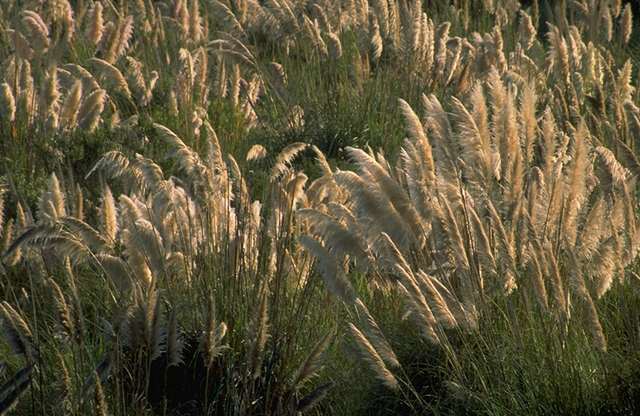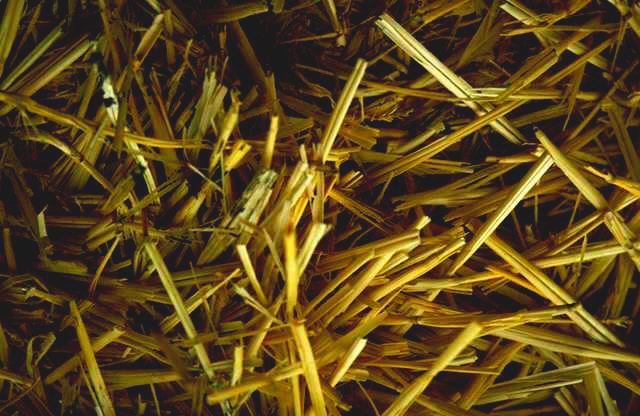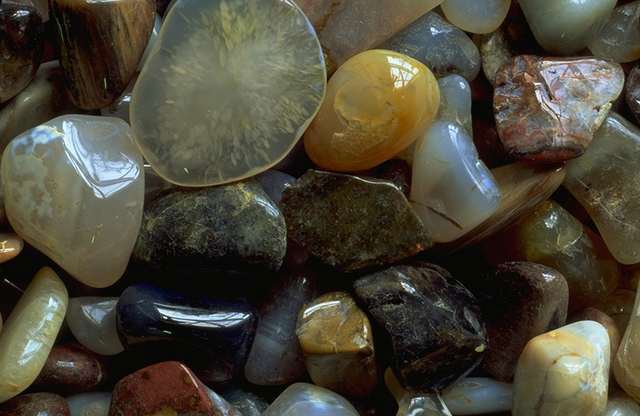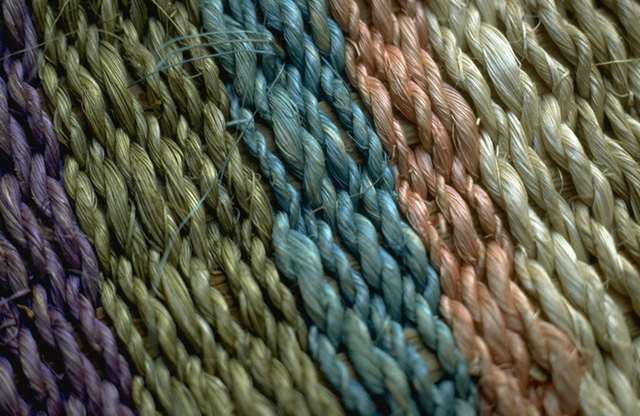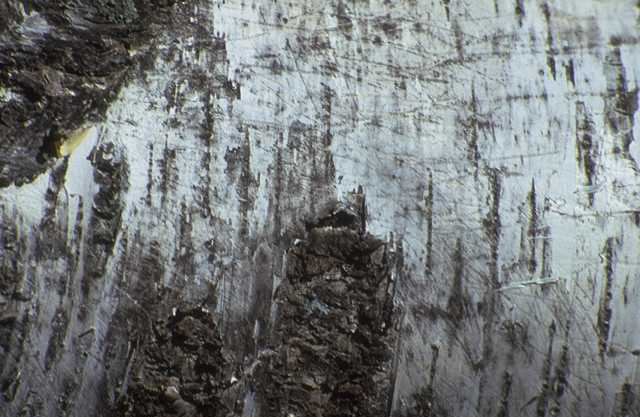Environmental Monitoring
Extremes of most any weather imaginable sport with us in the Maritime regions of Canada. The seasons are intense - intensely beautiful and punctuated with heavy seasonal rains and fog, big winds and snow. Many have doubted whether straw bale construction would work here, these folks are usually quick to point out that straw bale developed in the dry mid west for good reason.
However, we came to straw bale technology with the enthusiasm and innocence of children and didn't let such remarks daunt us in the least. Comments on the durability, strength and integrity of straw as a building material were a challenge to examine hither to accepted practices of the construction industry. The Ship Harbour Project was blessed with many creative minds and talents which were willing to look at what building with straw could really mean in this climate. We played with many ideas, sorting with common sense, trial and error and genius what would, could and might work here.
To seal the straw, contain it in vapor barriers seemed to be asking for trouble. We felt it had to breath, its organic nature demanded it, so there are no vapor barriers in the walls. However, six ml. polyethylene was used in the floor to control rising damp. As mentioned in the Spring issue of the Last Straw, we built on recycled telephone posts which were set into the ground four feet. The floor joists were set to accommodate a half bale on its side dropped between them. We felt that any moisture entering the bales from inside the house would have the opportunity to dry out up through the floor.
Our main concern in dealing with the potential problems of moisture from the elements, was to have a roof with good over hang which would provide some modicum of shelter for the walls. It wouldn't shield them from driving snow or rain but those storms do end, the sun does come out, in winter the wood stove pumps out its heat and because we didn't use vapor barriers a damp wall does dry out.
A double floor of one inch tongue and groove with tar paper between the floors was laid through the entrance, bathroom and kitchen in order to protect the straw from major spills and high traffic wet. The key in all our precautions of this sort was to keep the bales as dry as possible and to always leave them with the means to dry out themselves if needs be.
Perhaps most important of all these details is the construction of a durable plastic tent over the site before beginning the walls and/or the floor if straw is to be used there. The tent structure helps to align the walls and of course protects the bales ... it also insures the builders of a sounder sleep.
A year old now, the walls have produced none of the tell-tale wet patches so common in stucco stone buildings. There has been minimal cracking of the plaster, and what there is, is generally tied into areas where wood was used i.e. lintels. This we attribute, so far, to the fact that the wood we had for the project was exceptionally green, so some shrinkage was unavoidable, this would inevitably result in cracks. Another couple of years seem to be required to assess more completely all that is happening with the building.
Code people in our area have been satisfied with an engineer's stamp on the plans or a letter endorsing the project. "Ship Harbour" has been a fairly high profile project, especially with the video component, so it's been encouraging to see the response from the building authorities.
What follows are some notes from Dr. Chris Watts of the Technical University of Nova Scotia who is working with us and the National Research Council of Canada on a year of monitoring moisture and temperature in the walls in the Ship Harbour building. They have also done a series of tests on different bale qualities as well as on three different grain varieties. These tests looked at moisture content and modulus of elasticity.
It should be noted that even though the humidity levels in the bales are at a level where their observation begins to become interesting in terms of potential microbial growth, Dr. Watts and his colleague Ken Wilkie feel that because moisture is evidently entering and leaving the wall this is not as significant as if the humidity levels were reading over 75%.
The moisture level (Relative Humidity) in the walls was tested with two humidity sensors that are permanently mounted in the North and East walls, mid way up the main floor. The probes are sealed into the walls so that no moisture goes from the house into the cavity in which the probe is situated. The Relative Humidity was about 65% when the probes were installed in May 1994 and increased to as high as 72% after a very moist period. The humidity is now dropping to 70% and below. Microorganisms can begin to grow with moisture readings around 70%, but ambient temperatures and the type of material being examined will affect these figures such that growth many not begin until 75% or more.
A few left over bales from the site the Project have been tested for mechanical strength. Two of the bales had been left exposed to the elements for a winter, spring and summer, these were extremely wet. Two bales had been stored under the house, where the bales were loosely stacked on top of one another with no vapour barrier between the ground and the bales. One other had sat by the wood stove for the winter. The results of the tests from these bales are given in the tables below, in terms of modulus of elasticity.
Two moduli of elasticity are noted, one in which the straight line through the stress-strain data is assumed to pass through zero. The other allows for the fact that there is some surface compression for the bales before the stress is born by the whole bale cross section. It can be seen that exposure to weather considerably affects the strength properties of straw.
Testing through the winter with thermocouples in the walls ( 8 sites with four couples at each site) will give us accurate R values of the walls.
From The Last Straw magazine.
